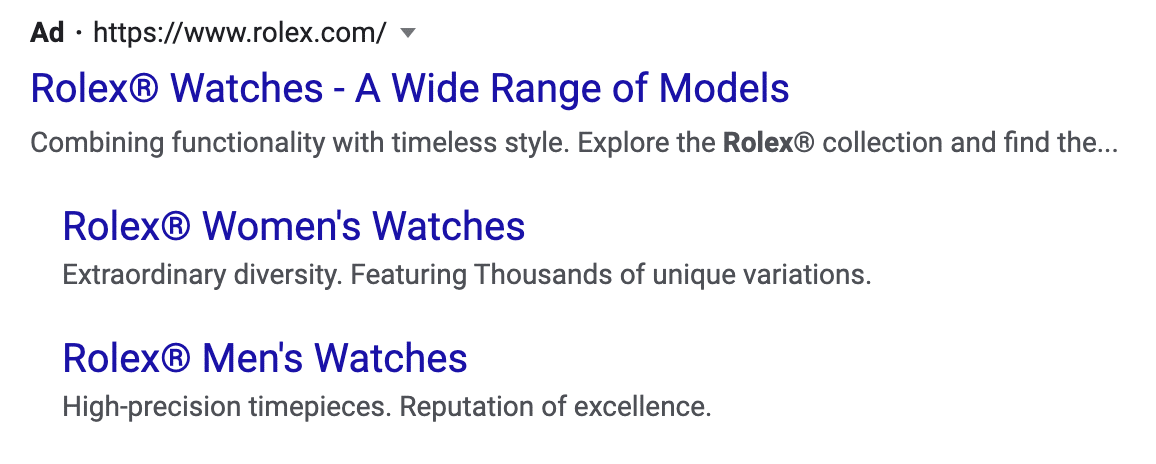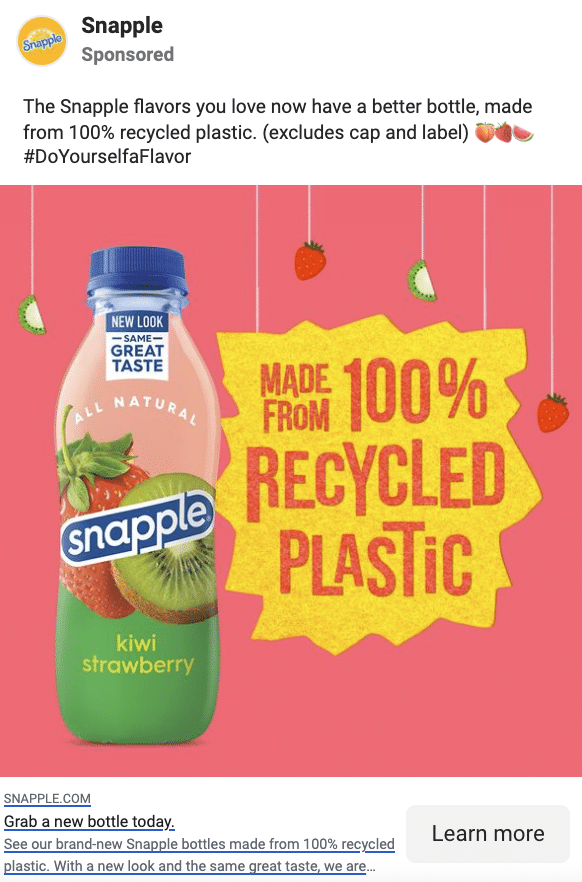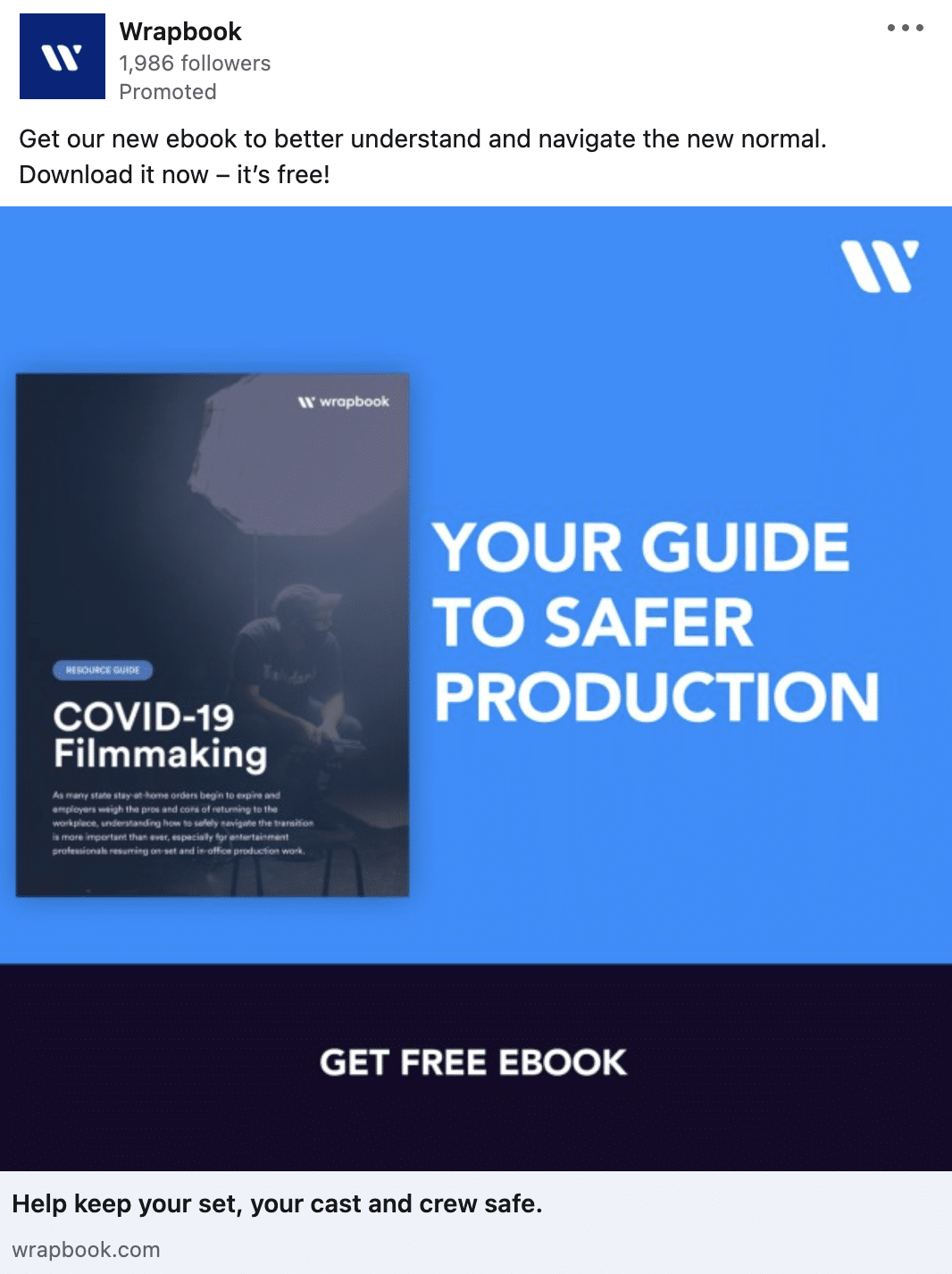Ad Platforms For Business Types
Paid advertising online is one of the keys to success for businesses of all sizes, as consumers today go to the internet for research, exploration, and decision-making. Here are the leading platforms you can go to for engaging advertising that boosts your revenue.

What would online advertising be without Google Ads? This is the world’s most notorious paid ad service, with Google giving you the most extensive network of websites and apps to show your ad. Working with Google Ads is efficient for both beginners and experts, and there’s always something new to learn when launching your campaigns.
Pros:
- You can easily target specific traffic to your website and implement strategies based on subgroups, remarketing layers, and much more.
- You will get detailed insights on your campaigns, allowing you to optimize future ones.
Cons:
- It might take time for new websites and advertisers to build a reputation strong enough to make the cost-efficiency ratio advantageous.
Google advertising is essential for businesses, as it’s technically a free service. You only have to pay for the ads that are clicked, and the better you are, the better the price will be. For eCommerce and service-oriented businesses, Google Ads is complex enough to target your goals ideally.

One of the most used and popular online advertising services is Facebook Ads. Facebook users are shown a wide range of ad types: posts, stories, videos, Facebook Marketplace, etc.
One of the most significant advantages of advertising on Facebook is the targeting precision level you can achieve. If you want to run remarketing campaigns or reach a niche, Facebook is great for your business.
Pros:
- Because Facebook stores a wide range of information about its users, it can be used to target your audience effectively.
- You can optimize your ad strategy based on detailed reports.
Cons:
- Its organic reach has decreased as new users are less likely to see your posts.
- Facebook Ads can be expensive.
Compared to Google Ads, Facebook will not show the most relevant advertisers first but the ones who paid the most during the bidding process. On Facebook, the bidding is done for the entire ad, not just keywords and phrases. To conclude, Facebook Ads are a good option if you have a precise strategy and know who you want to reach.
Microsoft
Formerly known as Bing Ads, Microsoft advertising increases your reach and lets you cover multiple audiences, especially when combined with other channels. It features targeted ads, detailed reporting, and automation, much like its main competitors.
Pros:
- You can easily import your campaigns from Google Ads and run them on Bing.
- It has fast support and a friendly interface
Cons:
- It performs well under Google Ads and lacks some features that other platforms have.
While Bing might be an underperforming competitor, advertising can help eCommerce, and service-oriented businesses widen their reach.

LinkedIn is mainly a platform for professionals to network, publish job offers, advertise their skills, and more. Because of its specialty, it’s more fit for businesses that want to promote a service rather than a product.
Pros:
- You can reach essential influencers, authority figures in your domain, and well-targeted professionals.
- It’s a space where businesses can feel at home and need fewer gimmicks to reach their audience.
Cons:
- Advertising on LinkedIn is expensive.
Instagram has emerged as one of the most successful social media platforms for business advertising, following the model of other leading platforms. Instagram ads are posts that businesses can promote for their viewers. The ads appear as main feed posts, stories, or reels throughout a user’s feed.
Advertisement posts on Instagram feature more elements than regular posts. They can include catalogs, CTA buttons, or links. All Instagram advertising posts will be marked as Sponsored, which appears as a label attached to the base.
Instagram’s varied ad types allow your business to present its product, service, or announcement in a way that best fits your audience, marketing style, and campaign purpose.
Pros:
- You can build your brand image through Instagram, as it caters to content consumers, indirectly increasing your revenue.
Cons:
- Instagram seems the best fit for advertising to people aged 18 to 29. It’s not so practical for other age groups.
- Instagram’s advertising is not so easily targetable.
Instagram caters to the marketing needs of eCommerce businesses by enabling them to sell directly via the platform. Consumers prefer easy shopping, and they can directly buy things without leaving the app, using easy pay gateways and browsing extensive collections.
YouTube
YouTube is the number one video-sharing platform in the world, with over 2 billion users every month. In terms of exposure, it’s only surpassed by Google. No wonder why so many marketers choose to Advertise on Youtube! Ads are displayed as text boxes at the bottom of the video, as thumbnails on the right side, where suggestions and related videos are, and video ads in between videos or inside them.
To use YouTube for your ads, you must set up Google Ads first. Through Google Ads, you can choose YouTube as a display network for your text or image ads. If you want to run a video ad, upload the video on your YouTube channel, and create a campaign in your Google Ads account.
Pros:
- You only pay when your ad is clicked, viewed for more than 30 seconds, or a CTA button is pressed.
- You will have great reach, as YouTube has so many users.
Cons:
- You cannot control the videos that will be paired with your ad. This can mean your ad is out of context often, which is not so effective.
- Skippable ads only give you 5 seconds to grab a user’s attention. You can pay for your ad to be unskippable, but this can have the opposite effect.
Over to You
As you can see, there are plenty of options for businesses to advertise online, as different platforms have features and functions that work more or less with your strategy. Still, if you find a successful plan for your main social media platform, you can focus on it more than others. Combining multiple channels is the ideal way to advertise online, increasing your reach.


